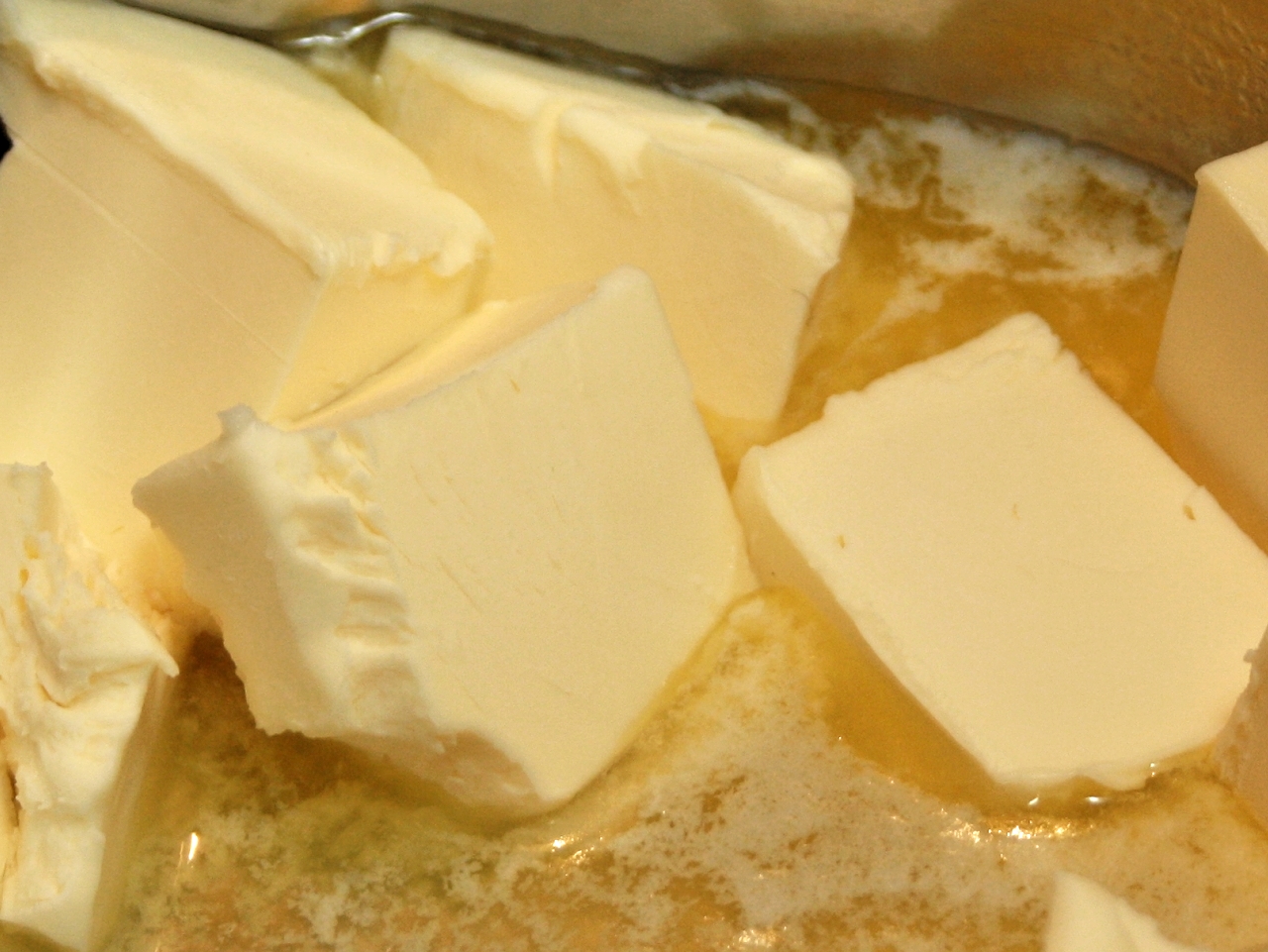Science
Rare 130-Year-Old Butter Bacteria Found in Danish Basement

Researchers from the University of Copenhagen have made a remarkable discovery in Frederiksberg—a pair of bottles containing butter cultures dating back to the 1890s. The accidental find offers a significant glimpse into Denmark’s historical butter-making practices and the bacterial cultures used during that era.
The bottles, found in a dusty box, contained a white powder labelled as “cultures of lactic acid bacteria.” Subsequent DNA analysis revealed both beneficial and harmful bacterial traces, shedding light on the health and hygiene challenges of the time. This discovery is a rare opportunity for scientists to understand the evolution of dairy production methods in Denmark.
Insights from Ancient Butter Cultures
The modern DNA sequencing techniques utilized by researchers unveiled unexpected bacterial remnants within the powder. These findings indicate that the bacteria were integral to the safety and quality of dairy products, particularly butter, during the late 19th century. Today, billions of lactic acid bacteria are consumed daily in products like yogurt and cheese due to their role in enhancing flavor and preserving food.
According to Jørgen Leisner, an Associate Professor at the University of Copenhagen, “The fact that we were able to extract genetic information from bacteria used in Danish butter production 130 years ago was far more than we had dared to hope for.” The study highlights Denmark’s pioneering role in harnessing lactic acid bacteria for industrial dairy production.
The research, published in the International Dairy Journal, was conducted by Leisner alongside fellow researchers Nathalia Brichet and Dennis Sandris Nielsen. Through advanced sequencing, they compared the bacterial DNA found in the bottles to existing databases, confirming that the cultures were once used in Danish dairies to reintroduce beneficial bacteria after pasteurization.
The Evolution of Dairy Production in Denmark
In the late 19th century, Denmark began exporting butter in significant quantities, which necessitated improvements in production consistency and hygiene. As Leisner noted, “The starter culture became the key to standardized butter production.” This innovation ensured that dairy products maintained a consistent taste and quality across the country.
The study also revealed that the bottles contained DNA from Lactococcus cremoris, a bacterial strain still employed in modern dairy production to acidify milk. Additionally, the analysis identified genes capable of producing diacetyl, a flavor compound responsible for butter’s characteristic aroma. Yet, it also highlighted contamination with Cutibacterium acnes, a skin bacterium known to cause acne, which underscores the varying health and hygiene conditions of that period.
Leisner emphasized the collaborative effort between researchers, industry, and agriculture that led to these advancements. Companies such as Blauenfeldt & Tvede and Christian Hansen were instrumental in shaping the landscape of Danish food exports during this transformative era.
Nathalia Brichet added that the research is a reminder of the extensive scientific work required to produce standardized dairy products that are safe for consumption. “This didn’t just happen by itself but is the result of technological advances and innovation dating back a long time,” she stated.
This discovery not only enriches our understanding of Denmark’s dairy history but also illustrates how past practices laid the groundwork for the global dairy industry we see today. As researchers continue to delve into these ancient cultures, they uncover valuable insights that resonate with contemporary food safety and production practices.
-

 Education3 months ago
Education3 months agoBrandon University’s Failed $5 Million Project Sparks Oversight Review
-

 Science4 months ago
Science4 months agoMicrosoft Confirms U.S. Law Overrules Canadian Data Sovereignty
-

 Lifestyle3 months ago
Lifestyle3 months agoWinnipeg Celebrates Culinary Creativity During Le Burger Week 2025
-

 Health4 months ago
Health4 months agoMontreal’s Groupe Marcelle Leads Canadian Cosmetic Industry Growth
-

 Science4 months ago
Science4 months agoTech Innovator Amandipp Singh Transforms Hiring for Disabled
-

 Technology3 months ago
Technology3 months agoDragon Ball: Sparking! Zero Launching on Switch and Switch 2 This November
-

 Education3 months ago
Education3 months agoRed River College Launches New Programs to Address Industry Needs
-

 Technology4 months ago
Technology4 months agoGoogle Pixel 10 Pro Fold Specs Unveiled Ahead of Launch
-

 Business3 months ago
Business3 months agoRocket Lab Reports Strong Q2 2025 Revenue Growth and Future Plans
-

 Technology2 months ago
Technology2 months agoDiscord Faces Serious Security Breach Affecting Millions
-

 Education3 months ago
Education3 months agoAlberta Teachers’ Strike: Potential Impacts on Students and Families
-

 Science3 months ago
Science3 months agoChina’s Wukong Spacesuit Sets New Standard for AI in Space
-

 Education3 months ago
Education3 months agoNew SĆIȺNEW̱ SṮEȽIṮḴEȽ Elementary Opens in Langford for 2025/2026 Year
-

 Technology4 months ago
Technology4 months agoWorld of Warcraft Players Buzz Over 19-Quest Bee Challenge
-

 Business4 months ago
Business4 months agoNew Estimates Reveal ChatGPT-5 Energy Use Could Soar
-

 Business3 months ago
Business3 months agoDawson City Residents Rally Around Buy Canadian Movement
-

 Technology2 months ago
Technology2 months agoHuawei MatePad 12X Redefines Tablet Experience for Professionals
-

 Business3 months ago
Business3 months agoBNA Brewing to Open New Bowling Alley in Downtown Penticton
-

 Technology4 months ago
Technology4 months agoFuture Entertainment Launches DDoD with Gameplay Trailer Showcase
-

 Technology4 months ago
Technology4 months agoGlobal Launch of Ragnarok M: Classic Set for September 3, 2025
-

 Technology4 months ago
Technology4 months agoInnovative 140W GaN Travel Adapter Combines Power and Convenience
-

 Science4 months ago
Science4 months agoXi Labs Innovates with New AI Operating System Set for 2025 Launch
-

 Technology4 months ago
Technology4 months agoNew IDR01 Smart Ring Offers Advanced Sports Tracking for $169
-

 Top Stories2 months ago
Top Stories2 months agoBlue Jays Shift José Berríos to Bullpen Ahead of Playoffs










